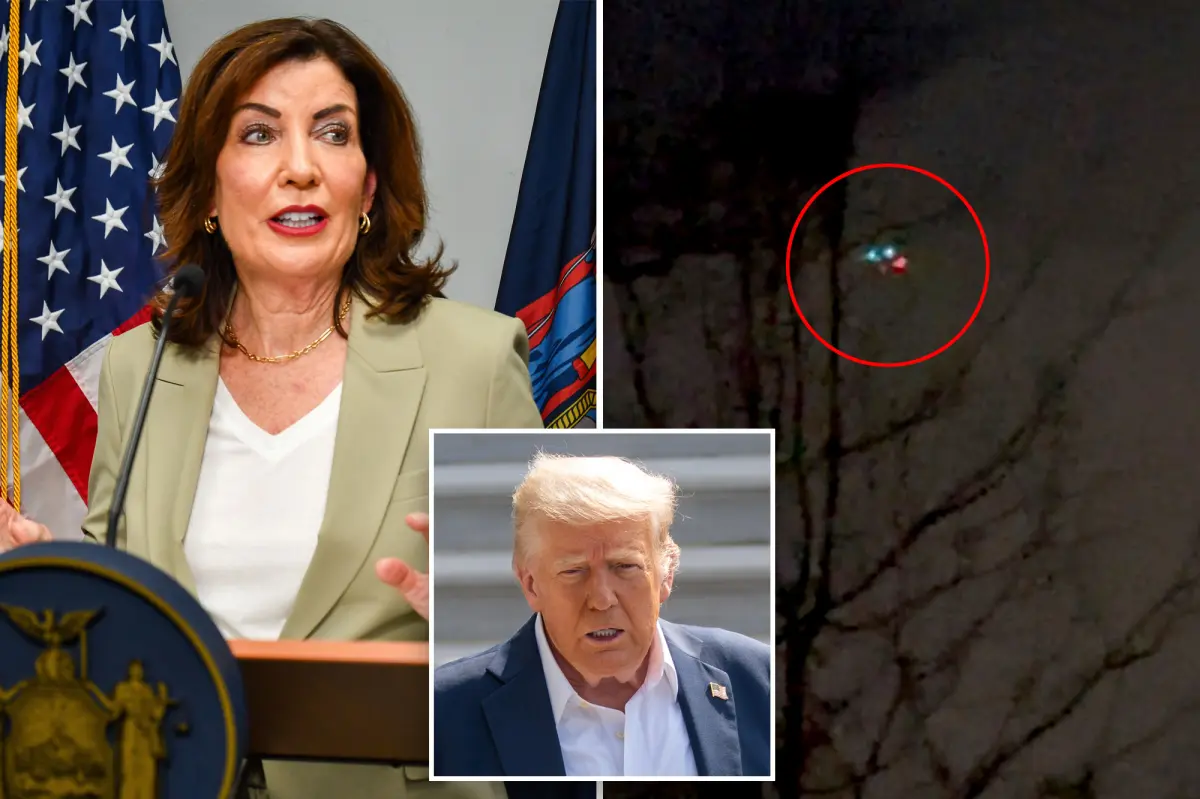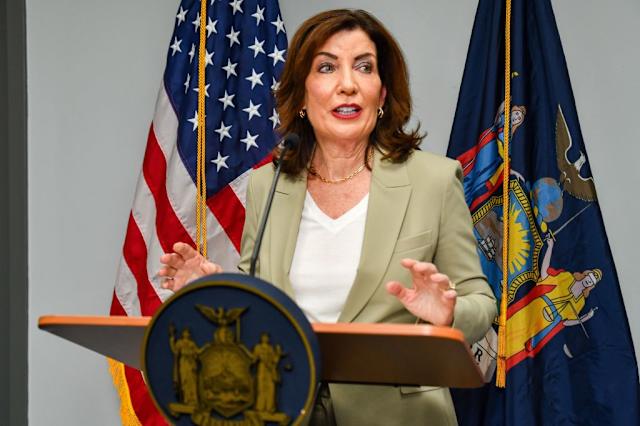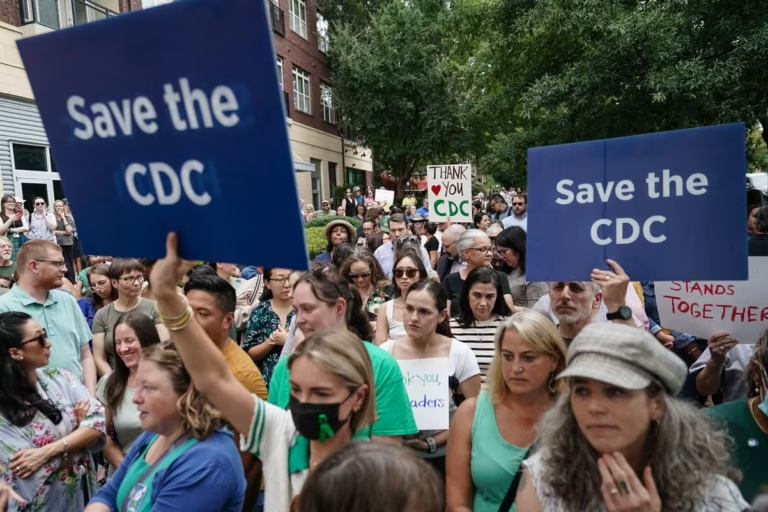
In a bold request from July 8, New York Governor Kathy Hochul called on President Trump to provide her state with broad powers to identify, monitor, and neutralize unmanned aerialdrones (UAVs) that pose threats—especially with major events such as the 2026 World Cup, the tall ships parade, and America’s 250th-anniversary celebrations on the horizon.
🚨 Did Local Officials Compromise Safety?
Hochul’s letter describes a worrying increase in unidentified drone sightings throughout the New York City metropolitan area and Hudson Valley, which federal agencies did not handle properly. She referred to a disruption in aviation at Stewart International Airport, where a runway shutdown lasting close to one hour highlighted the significant public safety concerns. Even with the urgency, federal regulations presently restrict state and local officials from taking action against UAS threats.
🎯 Hochul’s Goals: Enhanced Counter‑UAS Authority
Central to her plea is the request for New York to obtain new legal instruments to recognize rogue drones, hinder adversarial flight routes, and neutralize them with specific interception methods. Hochul highlighted proposed purchases of drone-capture equipment—such as nets and parachute nets—that allow for secure retrieval without compromising the safety of people nearby.
She contended that such equipment cannot function without federal approval.
🏛️ Urgency Supported by Event Threats
The governor emphasized the critical timing: a series of significant public events—spanning the 2026 World Cup games, the Macy’s Centennial Fireworks, and the America 250th celebration—presents prime opportunities for disruption. She cautioned that delayed federal reactions might leave essential locations exposed to drone-based incursions or sabotage.
🧩 National Disparity and Political Influence
Hochul’s request reflects a wider appeal for action among state officials. Governors Chuck Schumer (Senate Majority Leader of NY) and Phil Murphy (of NJ) have urged federal agencies to implement drone detection systems and expand state authority, referencing many unexplained sightings amid public concern.
Secretary of Homeland Security Alejandro Mayorkas reported that many observations were of manned aircraft mistaken for drones, and that there is no current proof suggesting threats on a national scale.
Nonetheless, Hochul and other officials contend that even uncertainty alone erodes public confidence and warrants the implementation of local countermeasures.

🌍 Implications for Public Security Strategy
Response Delay: Local responders do not possess the power to ground or restrict UAVs without federal consent or FAA exemptions.
Resource Preparedness: New York aims to invest in drone capture technologies and detection radar, yet federal support is essential to acquire and implement these resources efficiently.
Policy Precedent: If approved, increased authority may allow larger urban areas to handle unforeseen drone intrusions instantly, particularly during crowded events.
🔎 What Comes Next?
White House Review Awaiting
The inquiry is pending a reply. No official decision has been made, and federal authorities have mostly kept quiet.
Congress Might Step In
Hochul has issued similar requests to Congress to approve the Counter-UAS Authority, Safety & Reauthorization Act, a bill that would officially enhance state and local responsibilities in drone regulation.
Additional Implementations of Technology
Until wider authority is provided, federal and state teams can keep using detection systems in impacted regions—such as near airports and event locations.
✅ Final Takeaway
Governor Hochul’s appeal signifies a forward-thinking effort to alter drone regulations in reaction to swiftly changing threat environments.
With the U.S. gearing up for extraordinary public events in New York, state officials contend that federal hesitation—and regulatory voids—renders infrastructure and residents vulnerable to dangerous or malevolent drone operations.
By enhancing New York’s counter-UAS capabilities, Hochul aims to create a more secure, resilient security framework—one that can swiftly and immediately address drone threats.


